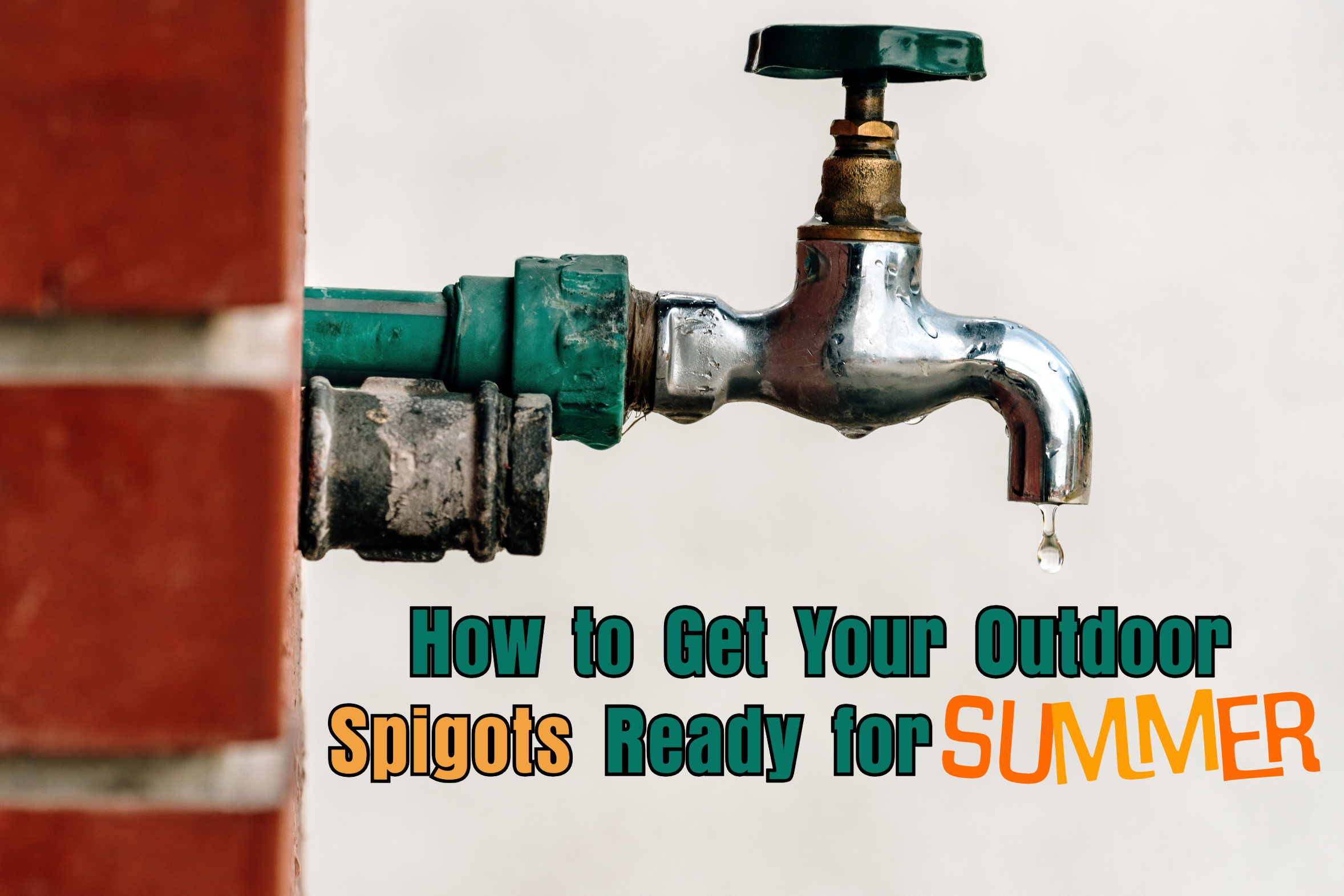With the approach of the coming summer months, it is imperative to ensure the optimal condition of your outdoor plumbing for upcoming watering, gardening, and outdoor activities. Naturally, you want your outdoor plumbing to be able to handle the heavy use of the upcoming season. Unfortunately, spigot leaks are often the culprit behind destroyed backyard fun. However, addressing these issues is not at all as complicated as you would think. So, your Gahanna Plumbing & Drain family wants to provide you with detailed instructions on identifying and rectifying spigot leaks, ultimately assisting you in preparing your outdoor plumbing for the forthcoming sunny season!
Identifying Spigot Leaks
Here are some clear steps to help you identify a leak in your spigots:
- Visible Leaks Indicators: First, try conducting a visual inspection of your water spigots to detect any water dripping from the spigot when it is turned on or off. Persistent drippage could mean there is a leak at hand.
- Stains and Mold Indicators: Inspect the wall and adjacent area of the fixture for water stains or mold growth in proximity to the spigot. Water stains and signs of mold would suggest possible hidden leaks that will need to be assessed.
- Pressure Decrease Indicators: Test your water hose out. If there is a noticeable decrease in water pressure, this could signify a leak in the spigot.
- Corrosion Indicators: Finally, you will also want to carefully assess all areas surrounding the spigot for signs of corrosion or rust. Unaddressed corrosion can compromise the fixture, leading to leaks.
Repairing Spigot Leaks
If a leak is detected on your spigot, adhere to these simple steps to effectively resolve the issue.
- Address Loose Connections: Ensure the fixture is securely fastened. If the fixture is loose or ill-fitting, it will need to be carefully tightened. You can utilize a wrench to tighten the connection between the spigot and the pipe.
- Replace Washers: The thought may not have crossed your mind, but old washers can result in plumbing problems. Sometimes, a simple switch from old washers to new ones can rectify the problem altogether. Change your washers by turning off the water supply, disassembling the bib, removing the old washers, and installing the new ones. Just remember to reassemble everything and put it back in its proper places.
- Rectify Cracks: If cracks are present in the wall surrounding the fixture, you will want to dix this issue by using a waterproof sealant or plumber’s tape to rectify the issue. Just exercise caution and strictly adhere to the guidelines provided with the materials.
- Resolve Backflow Concerns: In case of backflow issues, consider the installation of a backflow preventer to impede water re-entering the plumbing system. This will aid in averting leaks and potential contamination.
- Upgrade to Frost-Free: If you have dealt with frozen hose-bibs in the past, it would be best to combat this by opting for an upgrade to frost-free spigots.
Knowing When to Contact a Professional Plumber
Recognizing the appropriate time to seek out a plumber is essential for effectively addressing complex or potentially hazardous plumbing issues. While minor leaks and simple tasks may be manageable independently, certain signs indicate the necessity of professional intervention. So, in the case, you are dealing with a persistent leak despite your best efforts, see evidence of water damage or mold growth near the spigot is apparent, or have noticed sudden declines in water pressure, it is advisable to enlist the services of a certified plumber.
By following these plumbing guidelines to identify and repair spigot leaks, you can help guarantee a trouble-free summer of outdoor activities. This will not only bring peace of mind but also create cherished moments with your family. Here’s to a summer season without leaks and filled with positive experiences!
Call Gahanna Plumbing & Drain anytime at (614) 245-2256 or schedule an appointment online now by clicking here!




